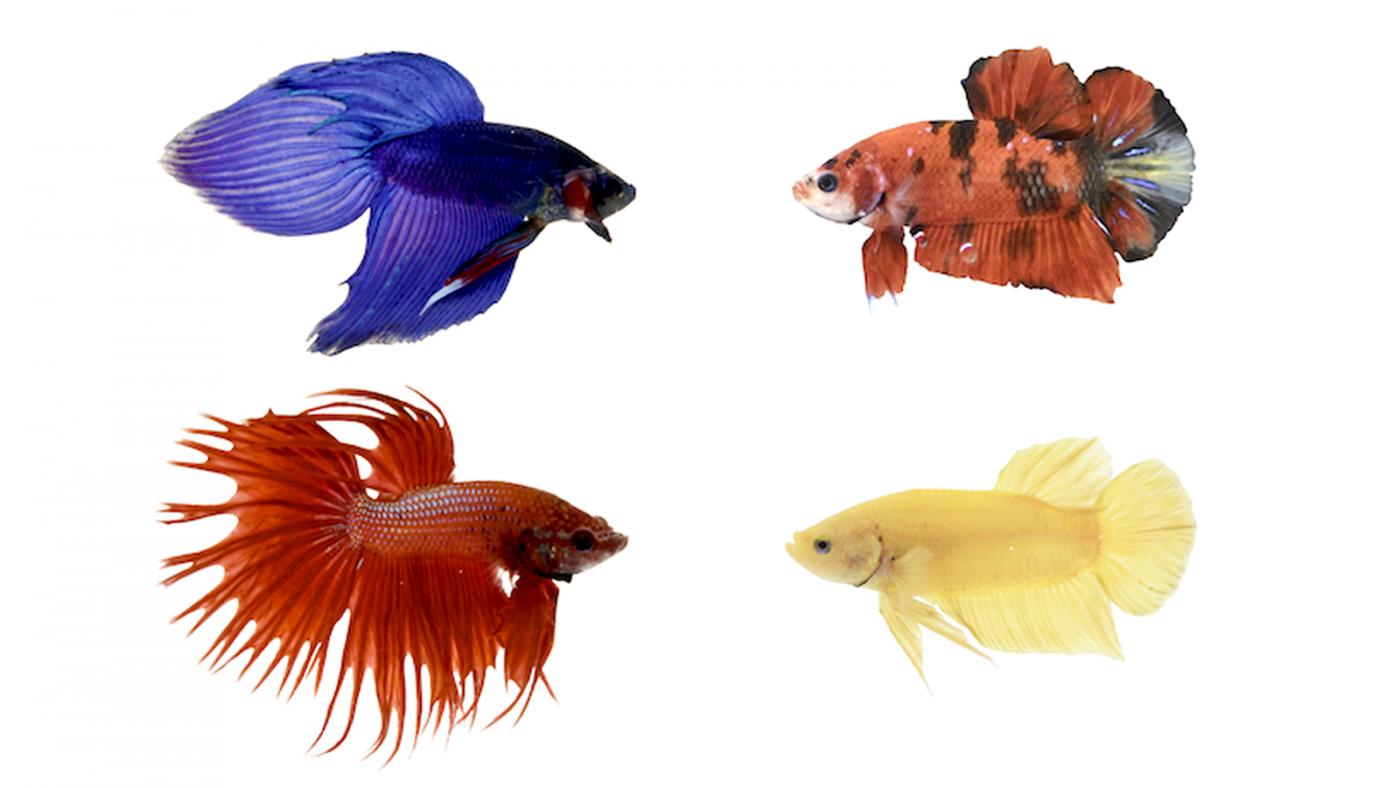Exactly how to Select the Right Betta Fish for Your Aquarium
Just How to Reproduce Betta Fish Successfully: Specialist Methods and Insights for Hobbyists Looking to Increase Their Betta Collection
Breeding Betta fish calls for a nuanced understanding of genes and environmental problems, making it important for enthusiasts to approach the process with both persistance and care. Developing an ideal reproduction atmosphere, picking the best sets, and observing the complexities of their courtship actions are foundational actions that can substantially impact the end result. The succeeding care of the fry is important for ensuring their healthy and balanced growth. As we check out these vital elements, it comes to be clear that successful reproduction is not nearly the initial pairing however incorporates a wider strategy that values careful consideration.
Recognizing Betta Fish Genes
Understanding the genetics of Betta fish is important for effective reproduction, as it affects attributes such as shade, fin form, and actions. Betta fish show a diverse range of colors and patterns, mostly established by their genetic makeup.
In addition to coloration, fin morphology is an additional considerable element of Betta genes (betta fish). The sizes and shape of fins are influenced by different genetics, consisting of those that figure out whether the fins are brief, long, or veil-shaped. Comprehending these hereditary variants aids breeders predict the phenotypic end results of their offspring
In addition, behavior attributes such as aggression and territoriality can likewise be influenced by genetics. These behaviors play a vital role in the breeding procedure, as they can influence generating success and the general character of the resulting fry. By comprehensively understanding these hereditary principles, dog breeders can make enlightened decisions, inevitably improving their breeding programs and accomplishing desirable outcomes.
Preparing the Breeding Environment
Producing an optimal breeding setting is important for the effective reproduction of Betta fish. The initial step in preparing this atmosphere is to choose an ideal breeding storage tank, preferably varying from 5 to 10 gallons.
Following, consider the use of a sponge filter or an air rock to provide gentle water blood circulation without producing strong currents that can stress the fish. It is vital to mount plants or reproducing cones to provide concealing spots and promote comfort for the lady throughout the spawning process. Floating plants, such as Java moss or water sprite, can additionally produce a more native environment while promoting bubble nest building by the man.
Prior to presenting the reproducing pairs, make certain the water is conditioned and devoid of dangerous chemicals, such as chlorine or heavy steels. betta fish. Routine water modifications ought to be carried out to maintain optimal water quality, improving the opportunities of effective reproduction. With these prep work in area, the reproducing atmosphere will support the health and wellness and wellness of both Betta fish
Choosing Breeding Pairs
Selecting the appropriate breeding pairs is crucial for attaining successful Betta view fish recreation. Healthy Betta fish exhibit lively colors, clear eyes, and energetic behavior.
Personality is one more important factor to consider, as Betta fish are known for their hostile nature. It is recommended to pick a male and lady that display suitable characters to minimize anxiety during the breeding procedure. A calm man can encourage a smoother courtship, while a lady that is as well hostile might interrupt the process.
Hereditary background additionally plays a considerable role in the top quality of the offspring. Breeding fish that are genetically varied can reduce the danger of genetic health concerns and enhance the general vitality of the fry. It is useful to look into the lineage of both the male and lady, concentrating on desirable traits such as fin type, shade patterns, and dimension.
The Reproduction Refine
The reproduction procedure of Betta fish calls for careful planning and interest to information to ensure an effective outcome. At first, it is crucial to prepare an ideal breeding tank, ideally a 5-10 gallon aquarium with a temperature level kept at 78-80 ° F. The tank ought to be furnished with a heating Discover More system, filter (ideally sponge kind to stay clear of solid currents), and plenty of aquatic plants for the female to hide.
When the atmosphere is set, present the picked breeding set to the storage tank, permitting them to adjust. Observe their behavior; the male will display elaborate courtship rituals, including flaring his fins and building a bubble nest. If the female reveals passion, she will display upright stripes indicating preparedness for spawning.
When the female is receptive, both will involve in a mating welcome, during which the male feeds the eggs. It is vital to monitor their communications carefully, as the male may end up being aggressive. After spawning, remove the female to avoid possible injury. The male will tend to the eggs, which generally hatch within 24-36 hours. Preserving optimal water conditions throughout this duration is crucial for the growth of healthy and balanced Betta fry.
Taking Care Of Betta Fry

Feeding Betta fry is crucial, as they call for a diet high in protein. They can be fed infusoria or fluid fry food, transitioning to carefully crushed top quality pellets as they expand. Feed tiny portions numerous times a day to urge healthy development without straining the container with leftover food.

As they mature, check their growth carefully and separate any type of aggressive individuals to avoid damage. By providing a supporting environment and appropriate nourishment, hobbyists can efficiently raise Betta fry right into vibrant, healthy and balanced fish, inevitably improving their reproduction endeavors.
Final Thought
Successful Betta fish reproduction calls for meticulous attention to genetic choice, ecological problems, and treatment for the fry. By recognizing the genes of Betta fish and preparing an ideal reproduction environment, hobbyists can enhance the chances of creating lively, healthy and balanced spawn.